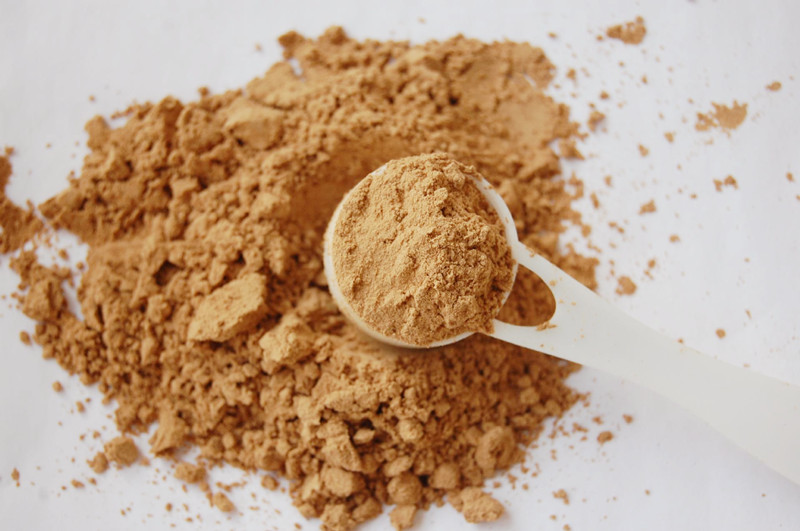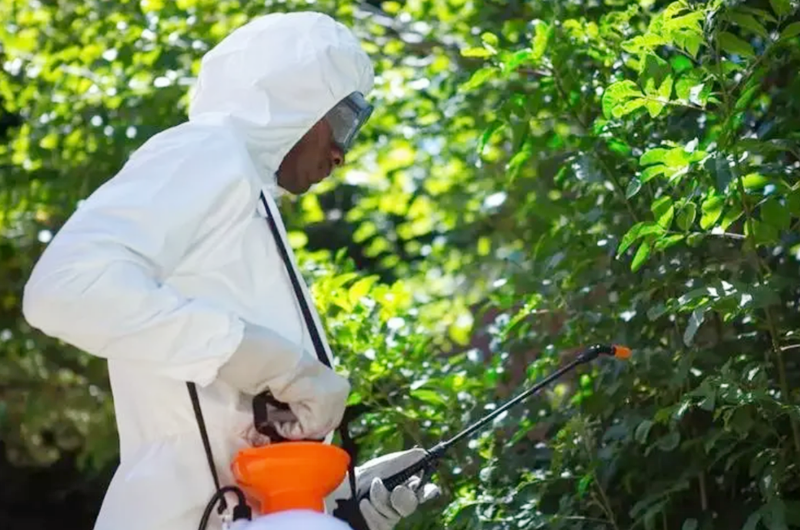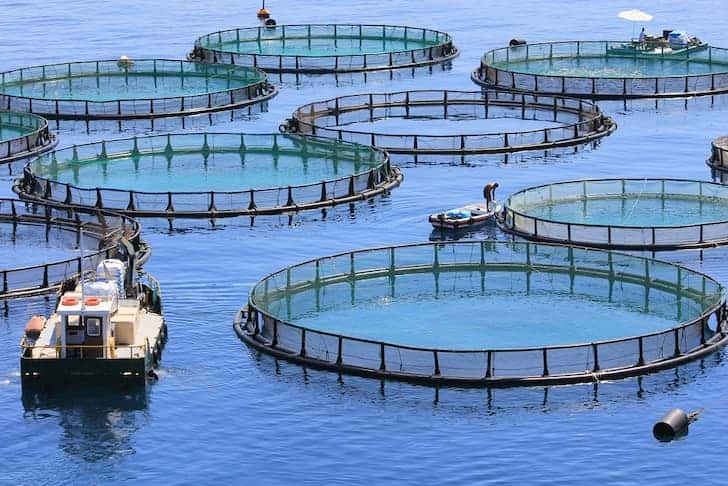Tea Saponin Applications In the Pesticide Industry
Tea saponin, also known as tea saponincha, is a kind of glycoside compound extracted from the seeds of theaceae plant and can be used as a natural surfactant. This light yellow fine powder has good emulsification, dispersion, foaming, wetting and other functions, and has anti-inflammatory, analgesic, anti-penetration and other pharmacological effects, widely used in washing, wool spinning, knitting, medicine, daily chemical industry and other production. In agricultural use, it can be used as wetting agent and suspension agent of solid pesticides, synergist and spreading agent of cream pesticides, and can also be directly used as a biological pesticide.
Wetting and suspension agent of pesticide
Chemical pesticides can be divided into liquid and solid types according to processing agents. Since most of the chemical pesticides are insoluble in water or extremely insoluble in water, it is necessary to add solvents and emulsifiers when processing into liquid pesticides, and to add wetting agents when processing into solid pesticides to make wettable powder, which can make the pesticide not dissolved in water suspended in water when applied to maximize the use effect of pesticides. The higher the suspension rate of wettable solid pesticides, the better the application effect.
As a pesticide-wetting agent, tea saponin can improve the wetting performance and suspension rate of wettable powder (≥75%). As a natural non-ionic surfactant, tea saponin can significantly reduce the surface tension of liquid, and its surface tension decreases from 76 mN/m to 46 mN/m in the concentration range of 0.001% ~ 1.0%. In the range of water hardness from 0 to 28.7, the surface activity is almost unaffected. At the same time, it has a significant wetting effect on the hydrophobic solid surface, and its contact Angle is 0~< when the concentration is 1%. 90 degrees, good wetting performance. This is the theoretical basis for the application of tea saponin in pesticide industry. As a pesticide wetting agent, tea saponin wetting speed, strong dispersion, pH5.5~6.5, neutral acid, will not cause the decomposition of pesticides, conducive to the storage of pesticides. These are not comparable to synthetic surfactants. Tea saponin has been widely used as a wetting agent for pesticides such as polybulobuzole, isoprocarb, ethylphosphoaluminum and tricyclazole.
Cosolvent for herbicides or soluble powdered pesticides
These pesticides are generally difficult to dissolve in non-polar solvents but can dissolve in polar solvents or water. Some can even convert the original medicine into salt and then dissolve in water. Tea saponin has a wide range of uses in this pesticide, is a promising “environmentally friendly pesticide additives”, welcomed by the majority of users. The outstanding advantage of tea saponin applied to this type of pesticides is that it can improve the physical properties of pesticides, improve the adhesion of pharmaceutical liquid on the surface of target organisms or plants, and improve the use effect of pesticides.
As tea saponin is a natural product, it can be automatically degraded, non-toxic and harmless, and is conducive to environmental protection. During the separation of tea saponin, harmful metals were precipitated, which was conducive to the storage of pesticides. These are other additives can not be compared. Tea saponin has been widely used in herbicide glyphosate to improve its adhesion and hygroscopicity on plants, as well as the penetration of medicinal liquid, and because of the good biological activity of tea saponin, it can also improve the biological activity of glyphosate.
Tea saponin for Biopesticide
One of the major advantages of using tea saponin as a biological pesticide is its relatively low toxicity to non-target organisms, including humans and beneficial insects. It can degrade more rapidly in the environment compared to synthetic chemical pesticides, reducing the risk of long-term environmental contamination. Tea saponin can be directly used as biopesticide because it can interfere with the feeding behavior of insects. When applied to plants, it can produce an undesirable taste or texture that discourages insects from feeding on the treated plants. It can disrupt their ability to feed by affecting their ability to ingest and digest plant tissues. This can lead to reduced feeding damage and ultimately impact the growth and survival of the pests.
Tea saponin has insecticidal properties that can be toxic to a range of pests. When insects come into contact with tea saponin, it can disrupt the integrity of their cell membranes. This disruption can lead to cell leakage, dehydration, and eventually death. The specific mechanism of toxicity involves the saponin molecules inserting themselves into the insect cell membranes, causing structural damage. It also can interfere with insect molting (the shedding of the exoskeleton during growth) and disrupt hormonal balance, leading to developmental abnormalities and reduced viability of offspring.
Tea saponin for aquaculture
Tea saponin has a destructive effect on animal red blood cells and produces hemolysis. Therefore, tea saponin has toxic effects on fish, but not for shrimp that also breathe through gills. The hemolysis mechanism is believed to be caused by tea saponin causing changes in the permeability of the cholesterol-containing cell membrane, which initially destroys the cell membrane, then leads to cytoplasmic extravasation, and finally causes the disintegration of the entire red blood cell. The premise of solubility is that tea saponin is in contact with blood and is non-toxic when taken orally. Tea saponin can not only be used as a cleaning agent before culture but also can be used to kill enemy fish in the process of culture. The products have been successfully developed and applied in practice, such as a pond cleaning agent for aquaculture, protective agent for prawn culture and dehulling agent for crab culture.
Tea saponin has a strong bactericidal and insecticidal effect, it has been widely used in compounding with pesticides, shrimp & Crab pond cleaning and worm control. It’s important to note that while tea saponin-based pesticides can be effective, their efficacy can vary depending on factors such as the target pest species, concentration of saponins used, and application methods. However, it’s recommended to conduct small-scale tests to determine its impact on both pests and non-target organisms before using tea saponin or any other natural pesticide.





